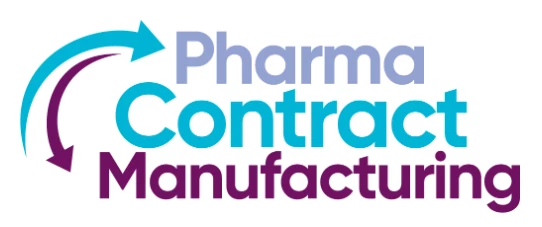Three steps to building a holistic preclinical domain
How to overcome the challenges of building an effective end to end data management system
Add bookmarkPreclinical development is the combination of numerous specific scientific domains. It often encompasses:
- Pharmacology
- Drug metabolism
- Pharmacokinetics
- Bioanalysis
- Formulations
- Safety/Toxicology
When it comes to informatics and data management, each of these domains is characterized by specific requirements due to their diverse scientific needs. The elements of data and supporting information produced by these domains are critical for investigating new drugs and for submitting new drug applications for approval.
It is vital that this complex collection of data and information is captured and managed in an effective and robust manner. Data also needs to be accessible as quickly as possible without compromising on quality.
One method to achieve this is a holistic transition to an end-to-end data management and informatics software platform, whereby each individual domain is able to link and provide data to the others.
By centralising context-rich information from across the organization, process scientists and managers can gain new insights and expedite the validation and transfer of robust, scalable processes to manufacturing.
There are three key considerations to take into account before attempting this within your enterprise.
For full insight on the requirements for each domain, the considerations needed and how to build your system in an effective way, read our whitepaper with IDBS
1. Understand the individual requirements of each domain
Each domain brings with it a different set of requirements.
For example, Pharmacology is typified by many one-off or single point experiments. The diversity can be massive with many scientists working in both in-vitro and in-vivo domains. This leads to a need to gather data from a diverse range of instruments and data sources, then use a wide range of applications to massage the data and complete statistical analysis and curve fitting. This must be a consideration when understanding how data will need to be collected and organised.
To create an effective data management system, you need to understand the data requirements each domain brings and how to manage those requirements
There is also the secondary consideration of how data should be communicated. When Pharmacology is providing critical data to other areas, such as Pharmacokinetics (PK), the data must be provided with all of its context (accuracy, method of capture, statistical robustness) to be combined with other data to produce critical reports.
2. Be aware of the challenges each domain brings
Each domain will present its own challenges with the move towards a data management system.
To again consider Pharmacology, this domain demands a flexible data management layer, simple instrument data capture and integrated curve fitting and statistics. Traditional spreadsheets are the predominant data management tool in pharmacology, so ease of use and the ability to deliver new point assay templates will be key. This data must also be accessible and reusable by other domains.
You must consider how certain factors affect the functionality of both the single domain and the holistic system
When deciding how to proceed these factors must be taken into consideration to not affect the functionality of the singular domain or the holistic collective. Other domains will also have completely different challenges. For example, Bioanalysis will demand a validatable data capture and instrument integration environment.
3. Build your system in the correct way
Optimising the holistic preclinical development process requires focus on both the data management facets and the laboratory/scientific processes. Consideration of only one will impact the overall performance of the system.
Each domain has its own elements to consider, but it is also important to consider the way in which a holistic system is built. It is easy to start with a domain that is overly complex and complicate the process because it had the biggest potential for return on investment. Or to enact too much change too quickly and create issues you are unprepared for.
It's easy to over complicate your system by starting with too challenging a domain or not structuring your efforts
Careful consideration is needed on which domains you will focus on and in what order. As IDBS put it in their recent whitepaper, ‘Each domain can be treated as an island as long as the connection and data requirements for cross domain collaboration are well understood and mapped (at the data level)’.
There are substantial rewards to be gained from optimizing the preclinical development process; however it is not an easy task and requires careful consideration. Proactively understanding and planning for the challenges you may face is the clearest route to success.
RELATED: Read about the 250,000 DNA samples and 2.8m patient records set to power medical industry
































